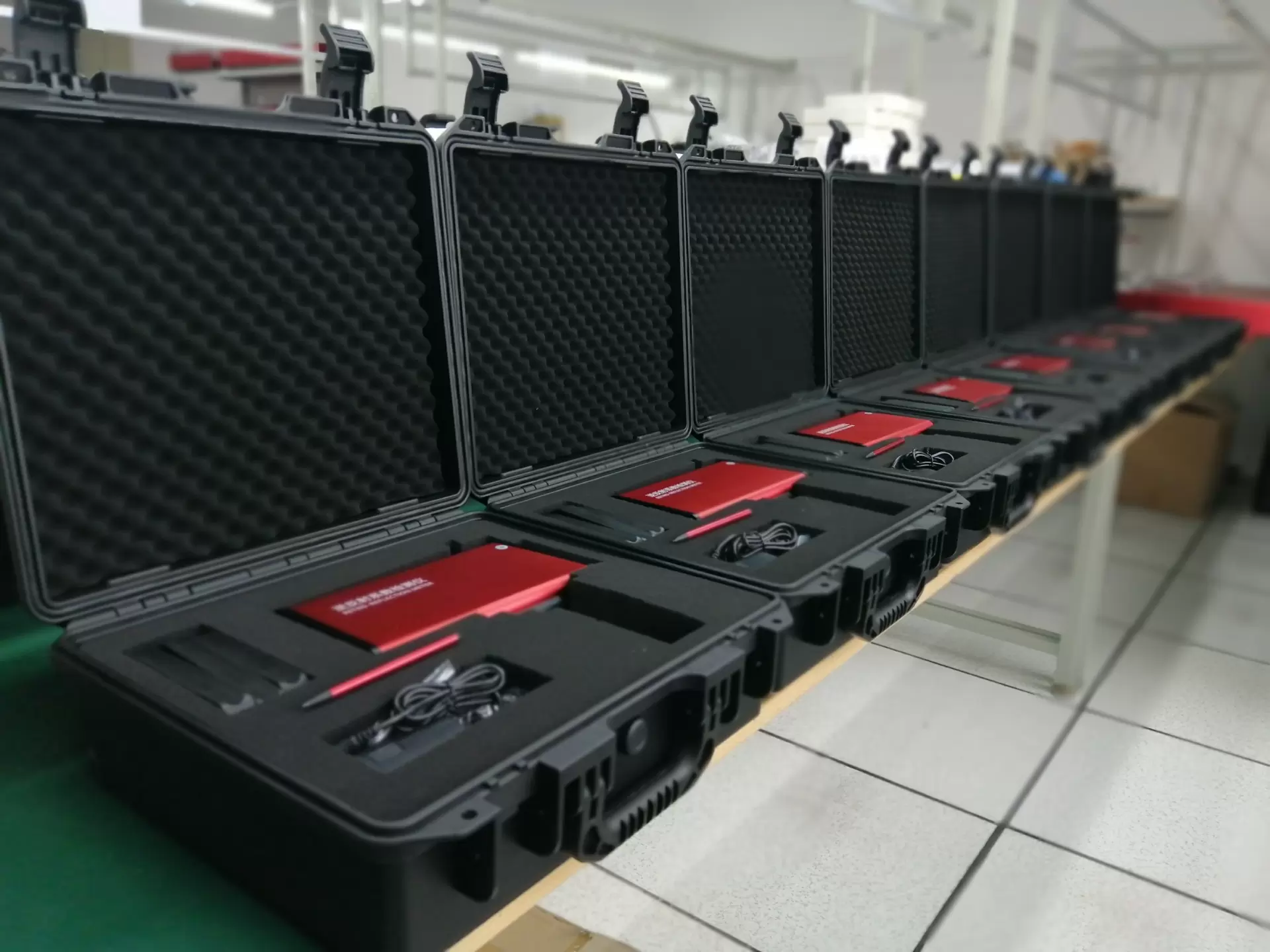PRODUCTS

Glass bead divider for road marking
The glass bead divider for road marking is designed according to the provisions of GB/T24722-2009 "Glass Beads for Road Marking", and it is an indispensable tool for shrinking glass bead samples.
1. Product Introduction
The STT-920C glass bead divider for road marking is designed according to the provisions of GB/T24722-2009 "Glass Beads for Road Marking", and it is an indispensable tool for shrinking glass bead samples. It is composed of a sealed shell, a grid groove, a sampler, a dustpan, etc. The slope of the grid groove slope is not less than 60 degrees. The main features are reasonable structure, convenient use, multi-point reduction performance, and strong representativeness, which can greatly improve the efficiency and quality of sample preparation. It is suitable for shrinkage sampling of glass beads used for marking lines on uneven road surfaces.
2. Main parameters
1. Large size: the sample size is ≤13 mm, the number of cells is 16, and the cell width is 32.5 mm.
2. Medium size: sample size ≤ 6 mm, the number of cells is 18, and the width of cells is 15 mm.
3. Small size: sample size ≤ 3 mm, number of cells 24, cell width 7.5 mm.
4. Equipped with sampling hopper, dustpan, etc.
3. How to use
1. Use the glass bead divider to divide the sample. No mixing is required before dividing. When feeding the material, the dustpan needs to be tilted to one side and swing back and forth along the length of the glass bead divider to make the glass The beads passed relatively evenly through the glass bead halves. After shrinking, take any coal sample on one side.
2. Randomly select representative bags of glass beads. Pour the bag of glass beads into a container, and then pour it into another container from this container, and repeat this three times to ensure that the whole bag of glass beads can be rinsed evenly before sorting. Pour the uniformly mixed glass beads into a glass bead splitter and divide repeatedly to obtain about 1000 g of glass beads as a sample.
3. The general test of the glass bead divider should be carried out in an environment with a temperature of 23±2°C and a relative humidity of 50%±5%.





